Indulge in the melt-in-your-mouth South Indian style badam halwa, a warm Indian fudge flavored with saffron and crafted using almond flour to avoid the hassle of peeling almonds and using a blender.

Jump to:
- Ingredients
- Almond flour is the key to not peeling almonds
- Almond flour vs. almond meal
- Tips for making badam halwa
- Visual steps in making badam halwa
- Tips to serve badam halwa
- How long does badam halwa last?
- Frequently Asked Questions
- South Indian Style Badam Halwa with Almond Flour
- Other recipes you will love
Badam (Ba-tha-hm) halwa is a sweet Indian soft fudge made with badam or almonds. I love eating it warm while it is still soft and melts in my mouth. The texture of badam halwa is a personal preference, but I prefer the South Indian style badam halwa which is similar to the texture of a soft caramel. You can cook it further for a harder halwa. When the badam halwa is in a spreadable consistency, I love spreading it in the middle of flaky croissants for my spin on an almond croissant which uses badam halwa.
Ingredients
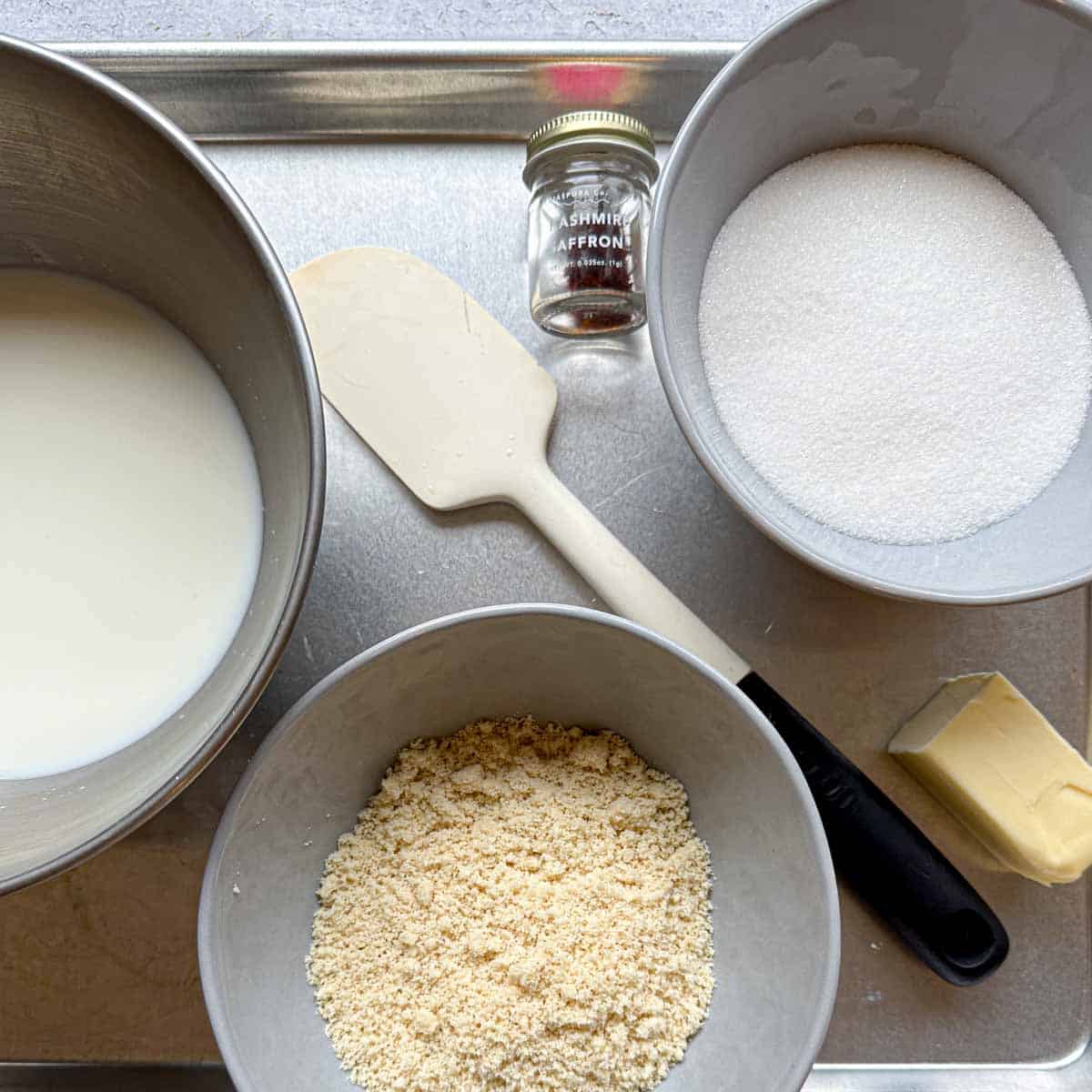
- Almond Flour - The finer the flour, the better!
- Milk - Milk adds richness to the halwa. Any milk should work but this recipe was tested with 2% cow's milk.
- Sugar
- Butter
- Saffron - Saffron helps the halwa get a light orange color and gives it a beautiful floral taste.
- Cardamom Powder (Optional) - You can add both cardamom and saffron for a floral and sweet taste. If you can't source saffron, it is fine to just include the cardamom powder.

Almond flour is the key to not peeling almonds
Traditionally badam halwa was made from first soaking almonds in hot water and then removing their skins. This process is known as blanching almonds and requires individually peeling almonds and then blitzing them to make a paste. However, this recipe simplifies the process by using almond flour (found at almost any grocery store) which therefore eliminates the need to peel almonds and the need for a blender.
Almond flour vs. almond meal
The difference between almond flour vs. almond meal is that almond flour is ground almonds that do not contain the skin whereas almond meal is coarse and contains the skin. For badam halwa, I recommend almond flour in order to get a melt in the mouth halwa.
Tips for making badam halwa
- Use a rubber spatula - Badam halwa requires constant stirring. Using a rubber spatula helps efficiently scrape the pan without scratching it!
- Use a non-stick, wide, and deep pan - Using a non-stick pan helps decrease the likelihood that the halwa will stick to the pan, using a wide pan helps the halwa thicken faster, and using a deep pan ensures that you have enough room to stir without spilling the ingredients.
- Scrape the sides and the bottom of the pan - It is important to scrape and stir the bottom and the sides of the pan to ensure that bits of the halwa don't burn or crystalize on the sides of the pan.
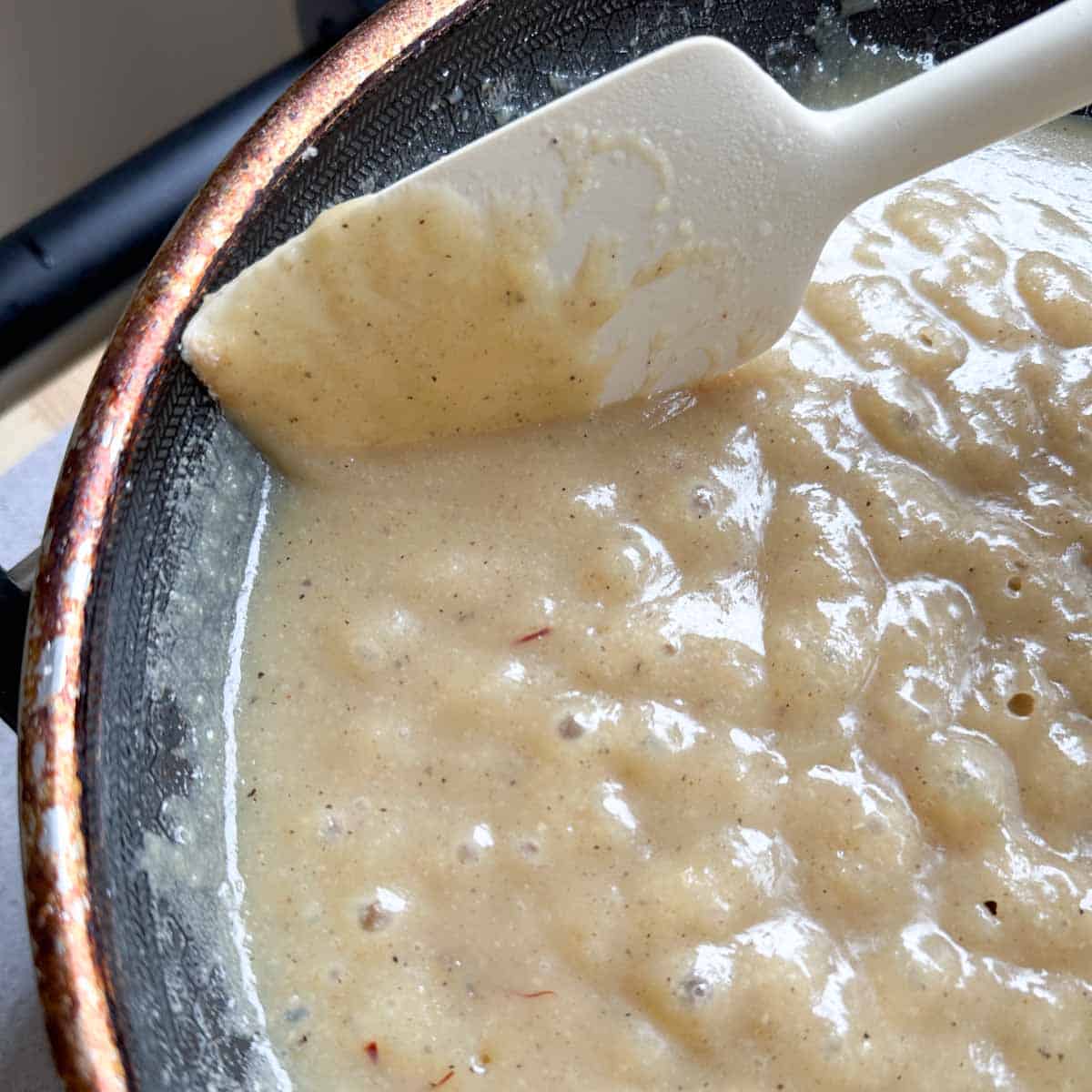
- Test badam halwa using ice water - Badam halwa is essentially a fudge that is in a soft ball stage (235 degrees Fahrenheit - 240 degrees Fahrenheit). However, it is much easier to test the doneness of the halwa by using a cold ice water. To test if the halwa is ready, you can drop a small piece in the ice water. Pick up the halwa, it should easily form into a ball and resemble the texture of a chewy caramel.
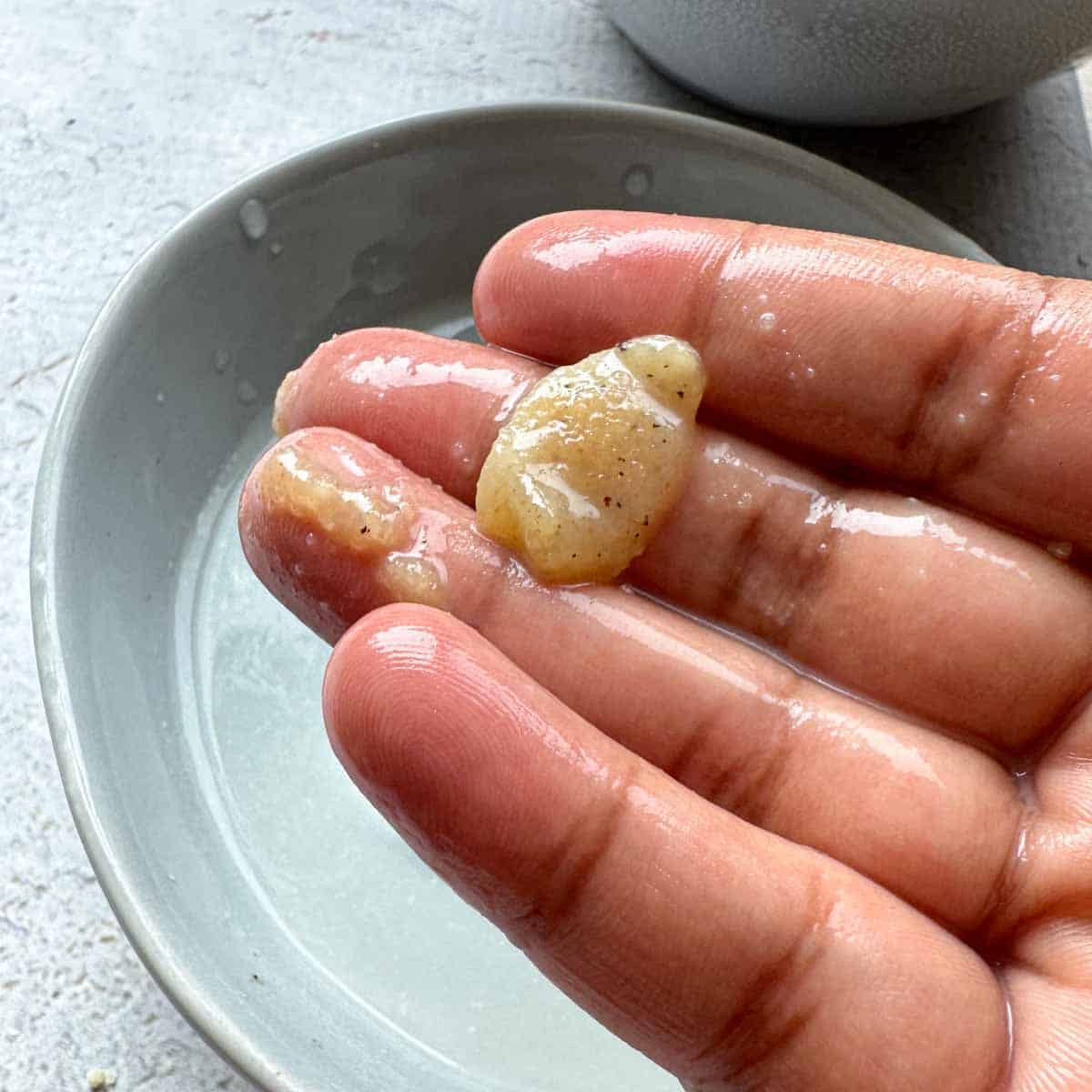
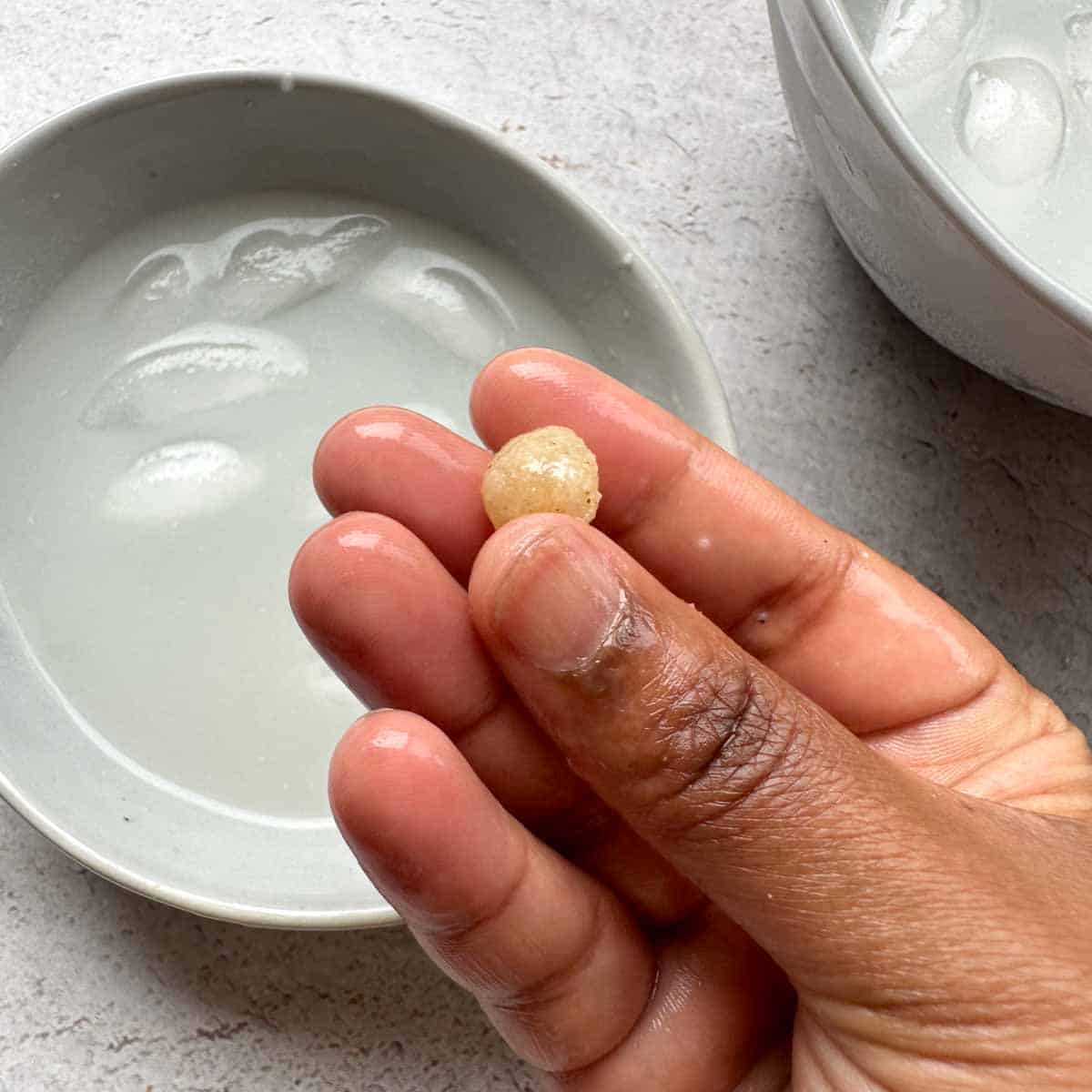
- Remember badam halwa will thicken as it cools - Everyone prefers their halwa at different consistencies. I prefer mine to have a texture that looks like a soft caramel or a thick almond butter. But remember that while the halwa is still warm it will be slightly thinner than your desired consistency.
Visual steps in making badam halwa
I often find it helpful to have visual steps of the process especially when making things like badam halwa. So here is a visual depiction of the steps of the process.
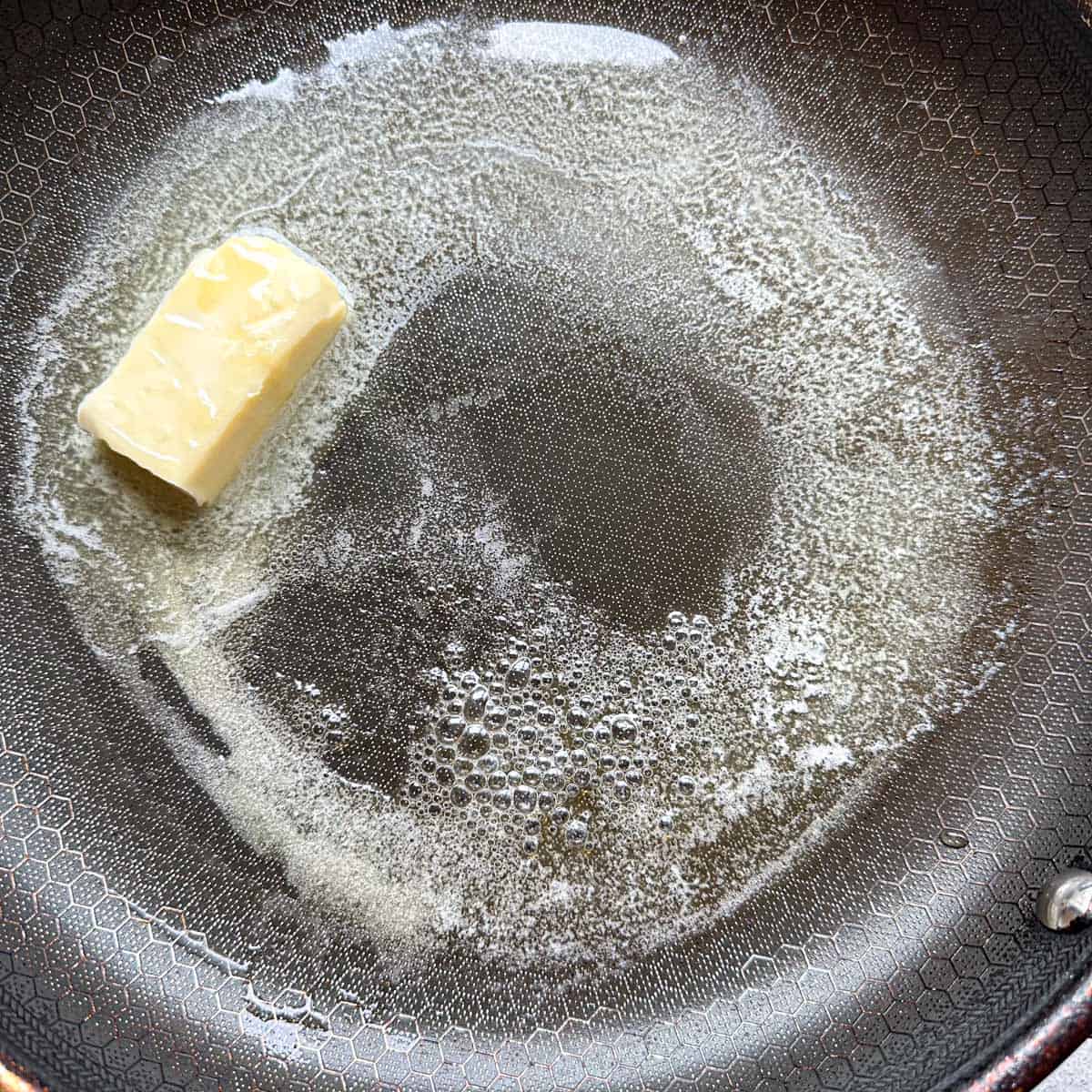
1.Melt butter in the pan.
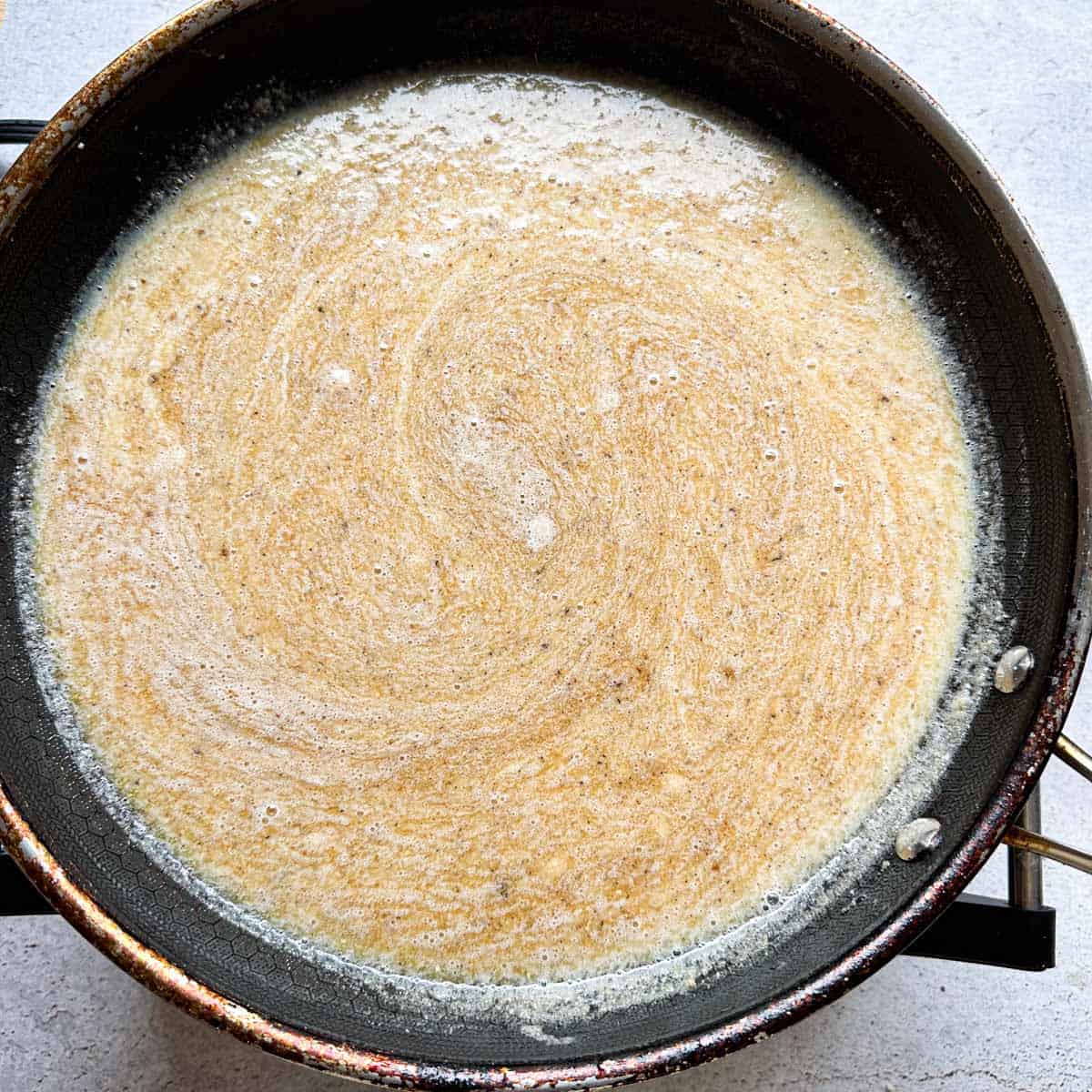
2. Mix almond flour, sugar, milk, saffron in the pan.

3. Simmer halwa on the pan.

4. Scrape bottom and sides of the pan so halwa doesn't burn.

5. Drop a bit of the halwa into ice cold water to test if it cools into a ball.
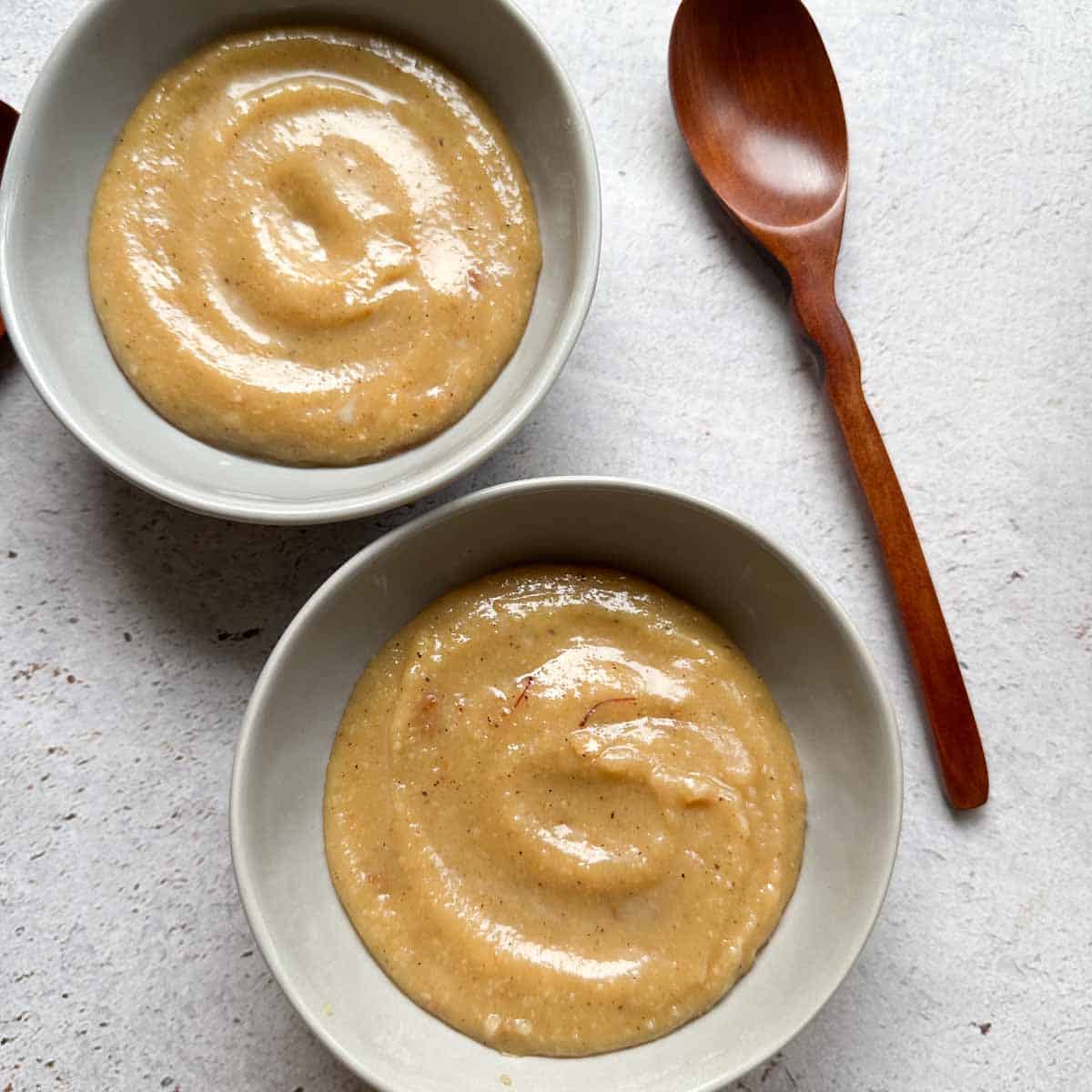
6. Serve warm in bowls.
Tips to serve badam halwa
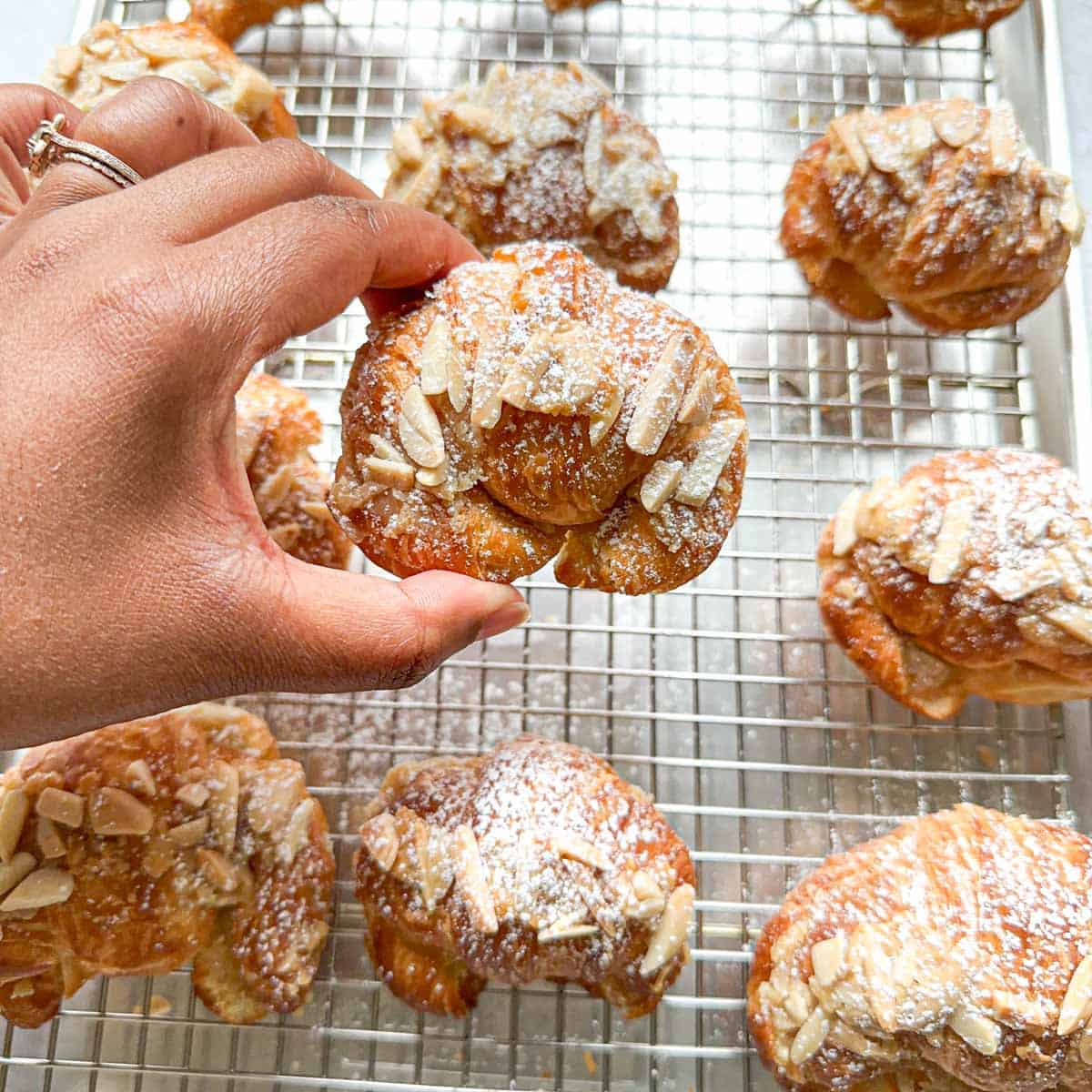
- Serve warm or at room temperature - Badam halwa is best when served warm. You can make the badam halwa ahead of time and simply heat it in the microwave in 30 second increments to reheat it.
- Spread halwa onto croissants - You can follow my recipe for semi-homemade badam halwa croissants which is a spin on the traditional almond croissants but with this Indian fudge spread in the center!
- Make halwa caramels for the holidays - When the halwa has cooled, grease your hands and form an oblong oval shape with ~1 teaspoon of the mixture. Place the mixture on parchment or wax paper and wrap into small caramels which can then be a part of a Diwali or holiday dessert box.
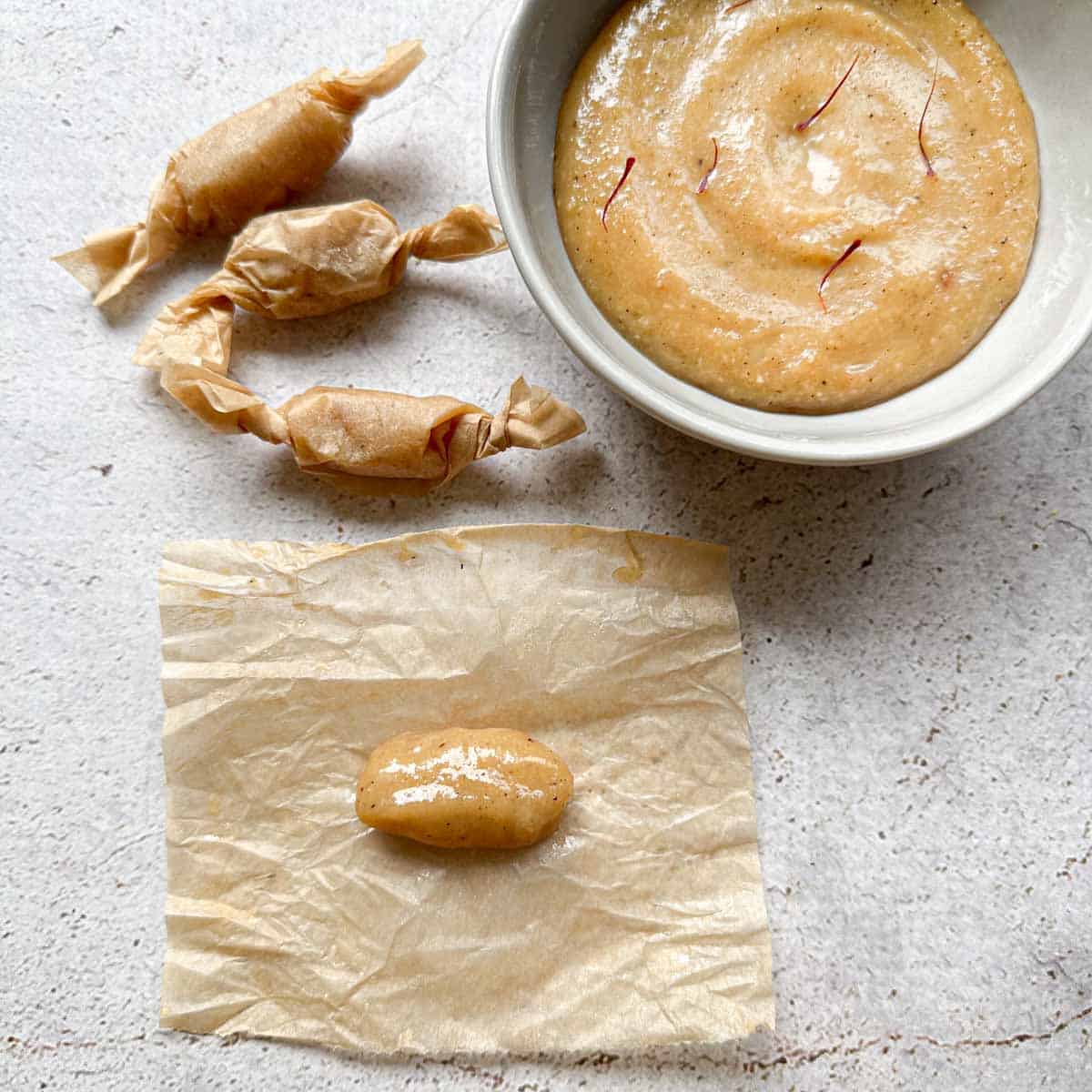
How long does badam halwa last?
Badam halwa can be stored at room temp for about a week, the fridge for up to two weeks, or in the freezer for 2-3 months.
Frequently Asked Questions
No. Almond meal still has the tough almond skin present which will result in a coarse badam halwa. It is best to use fine almond flour for a melt-in-your-mouth texture!
If you do not have saffron for this recipe, you can instead use the ¼ teaspoon of cardamom powder listed in the recipe for the floral notes.
You can add more saffron to get a more vibrant orange yellow color, use a slight pinch of turmeric, or add orange food coloring for a bright orange/yellow color.
Badam halwa can be stored at room temp for about a week, the fridge for up to two weeks, or in the freezer for 2-3 months.

South Indian Style Badam Halwa with Almond Flour
Product Reccs
Ingredients
- 4 tablespoons butter unsalted
- 1 cup almond flour 113g
- 1 cup sugar 216g
- 1.5 cups milk 324g, any kind
- 6-10 strands saffron
- ¼ teaspoon cardamom powder Optional
Instructions
- Add butter to a wide and deep non-stick pan on medium heat. Allow the butter to melt and bubble. Turn off the heat.
- Add almond flour, sugar, milk, saffron, and cardamom to the pan and use a rubber spatula to mix the ingredients until combined. Turn the heat back on to medium heat.
- Once the milk starts to boil, turn down the heat to medium-low and stir the halwa constantly to ensure that the halwa doesn't burn on the bottom. Use the plastic spatula to continually scrape the bottom of the pan as well as to clean up the sides. Keep stirring until the halwa thickens and pulls away from the side of the pan. You may need to lower the heat as the halwa thickens to prevent burning. The halwa can take up to 15 minutes to fully thicken depending on how wide your pan is. If serving the halwa on its own as a warm dessert or as a spread for badam halwa croissants, remove halwa once it is thickened into a thick paste that resembles almond butter. Instructions for caramel: However, if using the halwa as caramels you will need to cook the halwa even more. To test if the halwa is at this stage, spoon a small piece and drop it into a small bowl of ice water. Pick up the halwa once cool; it should form into a ball. If you want a softer halwa, the ball should barely hold together, but if you want a chewier caramel cook the halwa until it forms a firmer ball. Turn off the heat.
- Transfer the halwa to a heat-proof glass container. Serve halwa while still warm in a bowl. Alternatively, if the halwa was made was made into a chewy caramel texture, spoon about 1 teaspoon of halwa onto a square parchment paper candy paper to wrap into individual servings to pass out during the holidays.
Notes and Tips
- Badam halwa tastes best when at room temperature or warm. You can alternatively reheat chilled badam halwa in the microwave in 30 second increments until it reaches the desired temperature.
- Badam halwa can be stored at room temp for about a week, the fridge for up to two weeks, or in the freezer for 2-3 months.


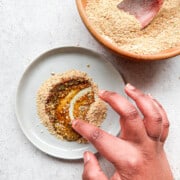
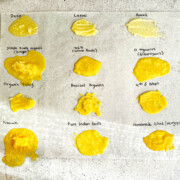
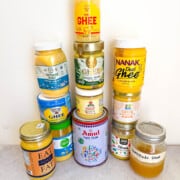
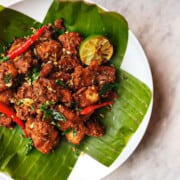
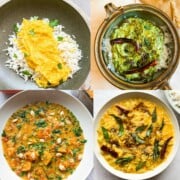
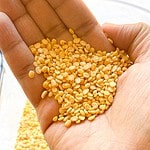
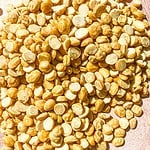
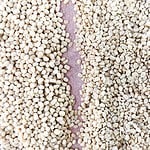
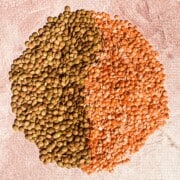
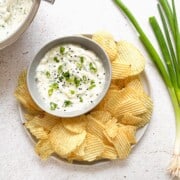
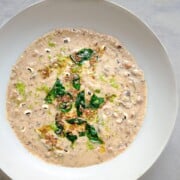
Shri Repp says
Easy and delicious Indian dessert!